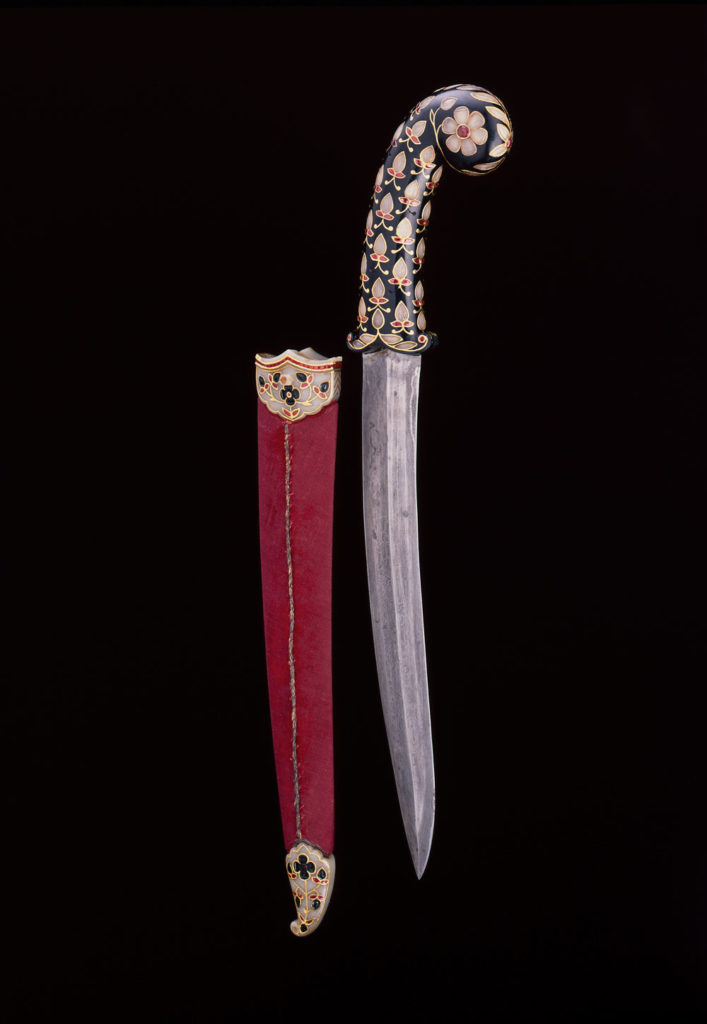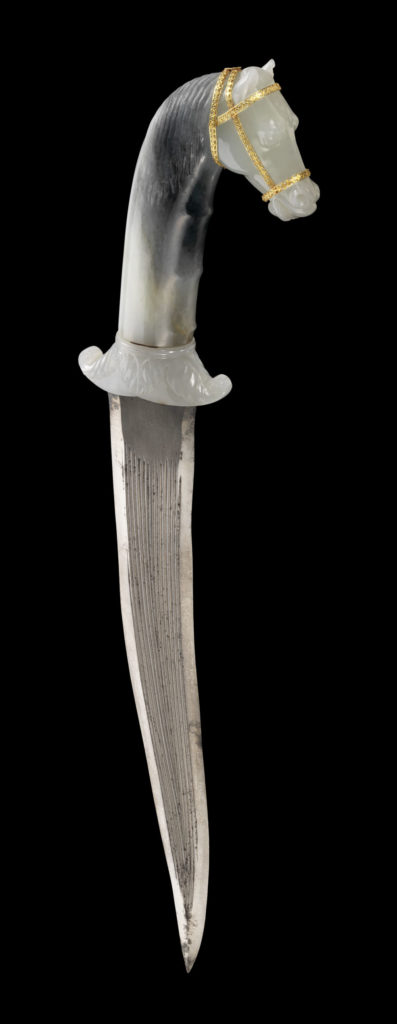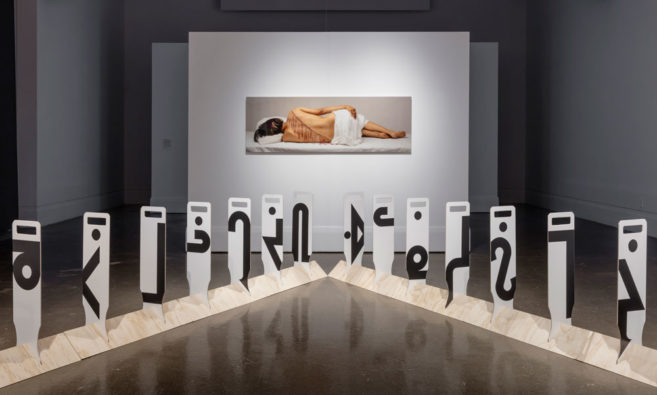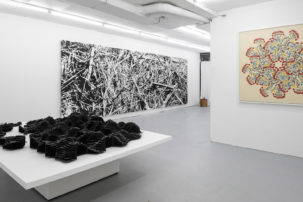The Mughal Empire had a great impact on the Indian subcontinent between the 16th and 19th centuries. Mughal emperors’ investment in the region’s artistic and cultural life brought Muslim and Hindu communities together. It is under Mughal rule that the traditions of Central Asia, India and Persia combined to form their own aesthetic traditions, and that Sikhism, the religious community into which I was born, was formalized.
The Mughals were the last rulers of the subcontinent before Britain’s colonization began with the British East India Company’s establishment in the region. This rule came with much loss for India—not only the loss of lives, land and revenue, but also of art traditions. As patrons of the arts, emperors established workshops and filled them with artisans of every speciality. Artisans were taught through familial apprenticeships: men would pass down skills and expertise to their sons. My maternal grandmother told me about how the British, demonstrating an abrupt change in prerogatives, attempted to end this tradition of inherited skills by cutting off the thumbs of carpet weavers, carvers, jewellers and other craftspeople, and by removing magnificent artworks from the country. She often reminded me that one of the largest diamonds in the world, the Koh-i-Noor, which was mined in South India and initially belonged to the Mughals, is now part of the British Crown Jewels, and that both India and Pakistan still claim rightful ownership.

 Dagger and Scabbard, probably Deccan, first half of 17th century. Hilt: Jade, inlaid with gold set with jade and rubies. Blade: Steel. Scabbard: Wood covered in fabric trimmed with metal thread. Locket and chape: Jade, inlaid with gold set with jade and rubies. © The al-Sabah Collection, Dar al-Athar al-Islamiyyah, Kuwait. Courtesy Aga Khan Museum.
Dagger and Scabbard, probably Deccan, first half of 17th century. Hilt: Jade, inlaid with gold set with jade and rubies. Blade: Steel. Scabbard: Wood covered in fabric trimmed with metal thread. Locket and chape: Jade, inlaid with gold set with jade and rubies. © The al-Sabah Collection, Dar al-Athar al-Islamiyyah, Kuwait. Courtesy Aga Khan Museum.
 Genealogical Chart of Jahangir (signed by Dhanraj), Agra, India, 1610–23. Opaque watercolour, ink and gold on paper. © Aga Khan Museum.
Genealogical Chart of Jahangir (signed by Dhanraj), Agra, India, 1610–23. Opaque watercolour, ink and gold on paper. © Aga Khan Museum.







